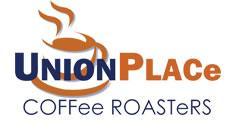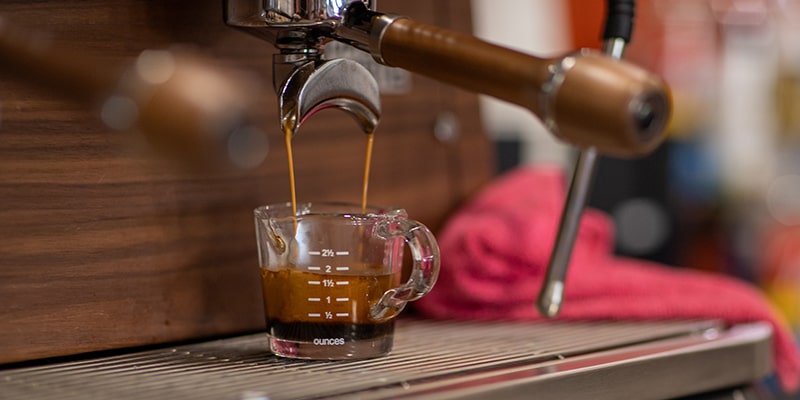When it comes to coffee, few beverages are as revered and debated as espresso. Often described as “strong coffee,” espresso has a unique identity that sets it apart from other brewing methods. But is espresso merely a concentrated version of regular coffee, or does it possess characteristics that make it a distinct beverage? In this blog post, we will explore the nuances of espresso, its preparation, and how an espresso machine plays a crucial role in creating this beloved drink.
Understanding Espresso
Espresso is a method of brewing coffee that involves forcing hot water through finely-ground coffee beans at high pressure. This process results in a small, concentrated shot of coffee with a rich flavor profile and creamy texture. While many people associate strength with caffeine content, the term “strong” can be misleading when discussing espresso.
The Caffeine Content
One common misconception is that espresso contains more caffeine than regular brewed coffee. In reality, while a single shot of espresso (about 1 ounce) has approximately 63 milligrams of caffeine, an 8-ounce cup of brewed coffee can contain anywhere from 95 to 200 milligrams depending on the type and brewing method used. Therefore, while espresso is more concentrated in flavor and volume, it doesn’t necessarily mean it packs more caffeine punch per serving.
The Brewing Process
The magic of espresso lies in its brewing process. An espresso machine is designed specifically to create the perfect conditions for extracting flavors from the coffee grounds. Here’s how it works:
- Grinding: Espresso requires finely ground coffee beans to maximize extraction during brewing. The grind size is crucial; too coarse will result in under-extraction (sour taste), while too fine can lead to over-extraction (bitter taste).
- Tamping: After grinding, the coffee grounds are packed tightly into a portafilter using a technique called tamping. This step ensures even water flow through the grounds during extraction.
- Brewing: The portafilter is locked into place on the espresso machine, which then forces hot water (around 190-205°F) through the grounds at high pressure (typically around 9 bars). This process takes about 25-30 seconds and results in a rich shot of espresso topped with crema—a golden foam created during extraction.
Flavor Profile
Espresso’s flavor profile is another aspect that distinguishes it from regular coffee. Due to its unique brewing method:
- Concentration: Espresso has intense flavors because it’s brewed quickly under pressure.
- Crema: The layer of crema adds sweetness and complexity.
- Body: The higher concentration of oils gives espresso a fuller body compared to drip coffee.
These factors contribute to why many people prefer sipping their morning dose as an espresso rather than traditional brewed coffee.
Versatility Beyond Shots
While many enjoy drinking straight shots of espresso, its versatility allows for various drinks like lattes, cappuccinos, macchiatos, and Americanos—all made possible by using an espresso machine. Each drink combines different ratios of milk or water with the base shot of espresso:
- Latte: A combination of one part espresso and three parts steamed milk.
- Cappuccino: Equal parts steamed milk and frothed milk combined with one part espresso.
- Americano: Espresso diluted with hot water for those who prefer something closer to traditional brewed coffee.
So, is espresso just really strong coffee? While it’s easy to categorize it as such due to its concentrated nature and robust flavor profile, it’s much more than that—it’s a unique brewing method steeped in tradition and artistry that offers diverse experiences beyond mere strength.
If you’ve stopped in at Union Place Coffee Roasters lately, you know that we have added an expresso machine to our coffee bar! Stop in and try a Latte, Cappuccino, Americano, Mocha, and other espresso drinks on our brew bar menu.


Customer Reviews